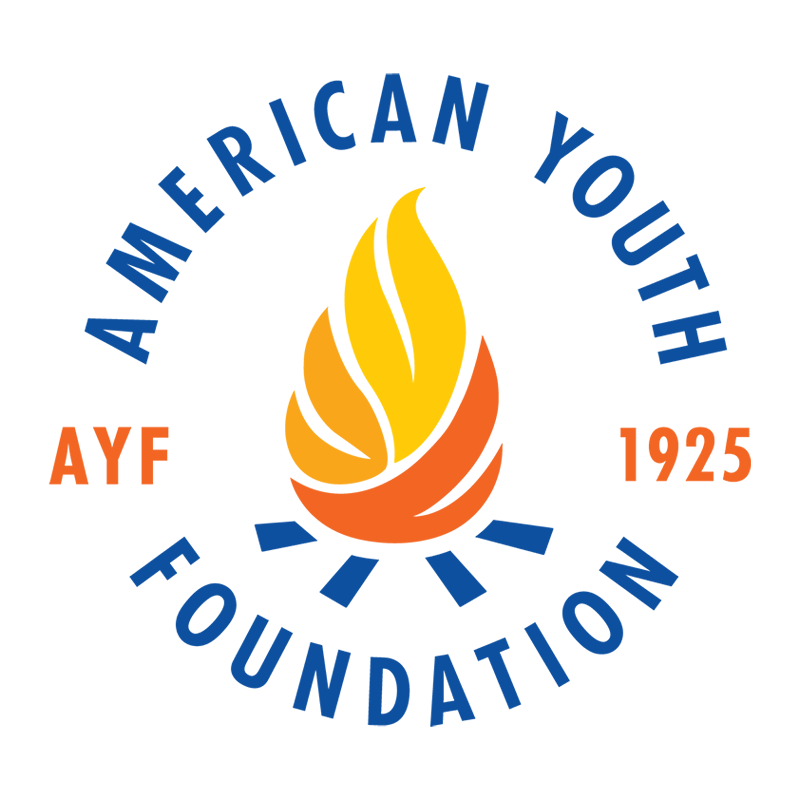by Bethany Wise, Miniwanca Girls Camp Director
Let’s go back to August 2024. Just days after wrapping up an incredible summer, while everything is still fresh in our minds, the camps team got to work planning for our centennial summer of 2025.
One of the first things we do is map out what is called “the six-week grid”. This is a calendar of every day at camp, from our first Session A Opening Day all the way until the final Session B Closing Day. We plan out atypical days like registration days, Fourth of July, and Nostos. Then we start looking for a nice rhythm of atypical and typical days at camp, seeking to create an experience that upholds the idea of balanced living.
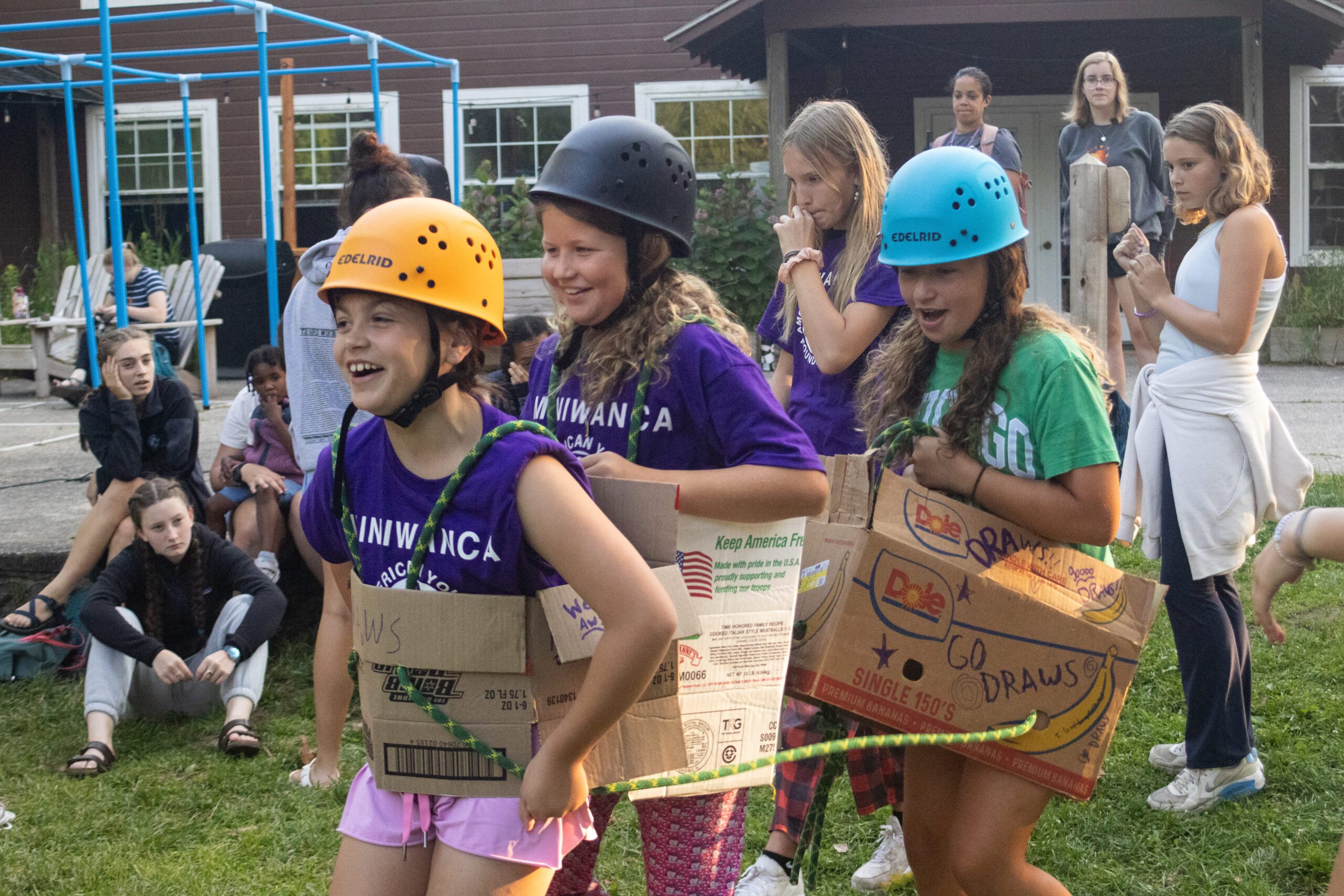
My favorite part is when we start inserting the schedule of our Night’s Doings, our evening camp-wide programs. This is my favorite part of each day, because it brings everyone together and is always high energy, camper-focused fun! I like piecing together traditions like Soldiers and Spies or Lip Sync Battle with newer games, like Capture the Castle, a fun take on Capture the Flag.
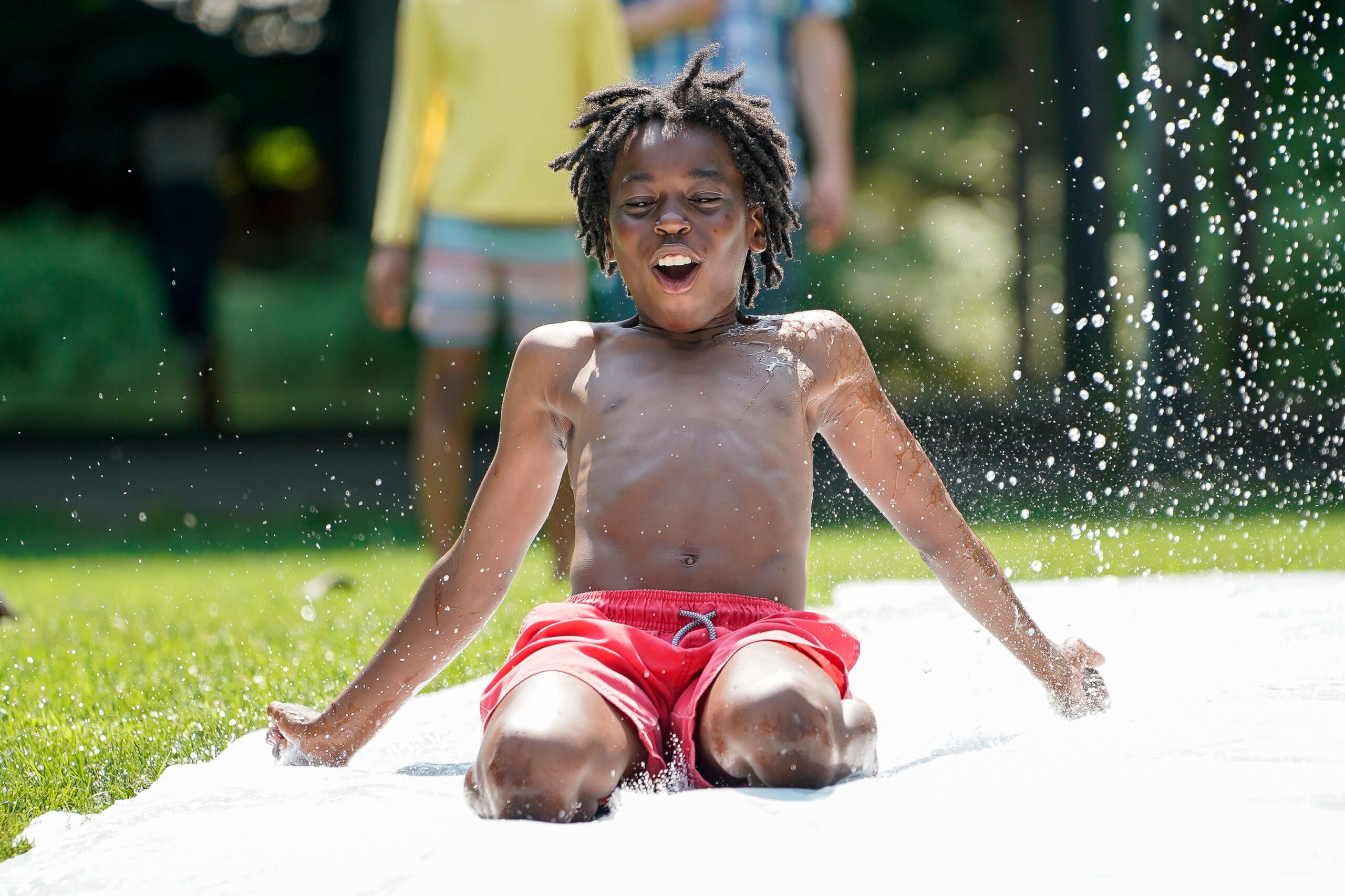
The six-week grid becomes our road map for all the planning that goes into making each summer happen. We organize Four Trails trips around these dates, we plan service projects for our Avail and Wayfinder campers, we analyze what activities need to rest and where we can bring in something new.
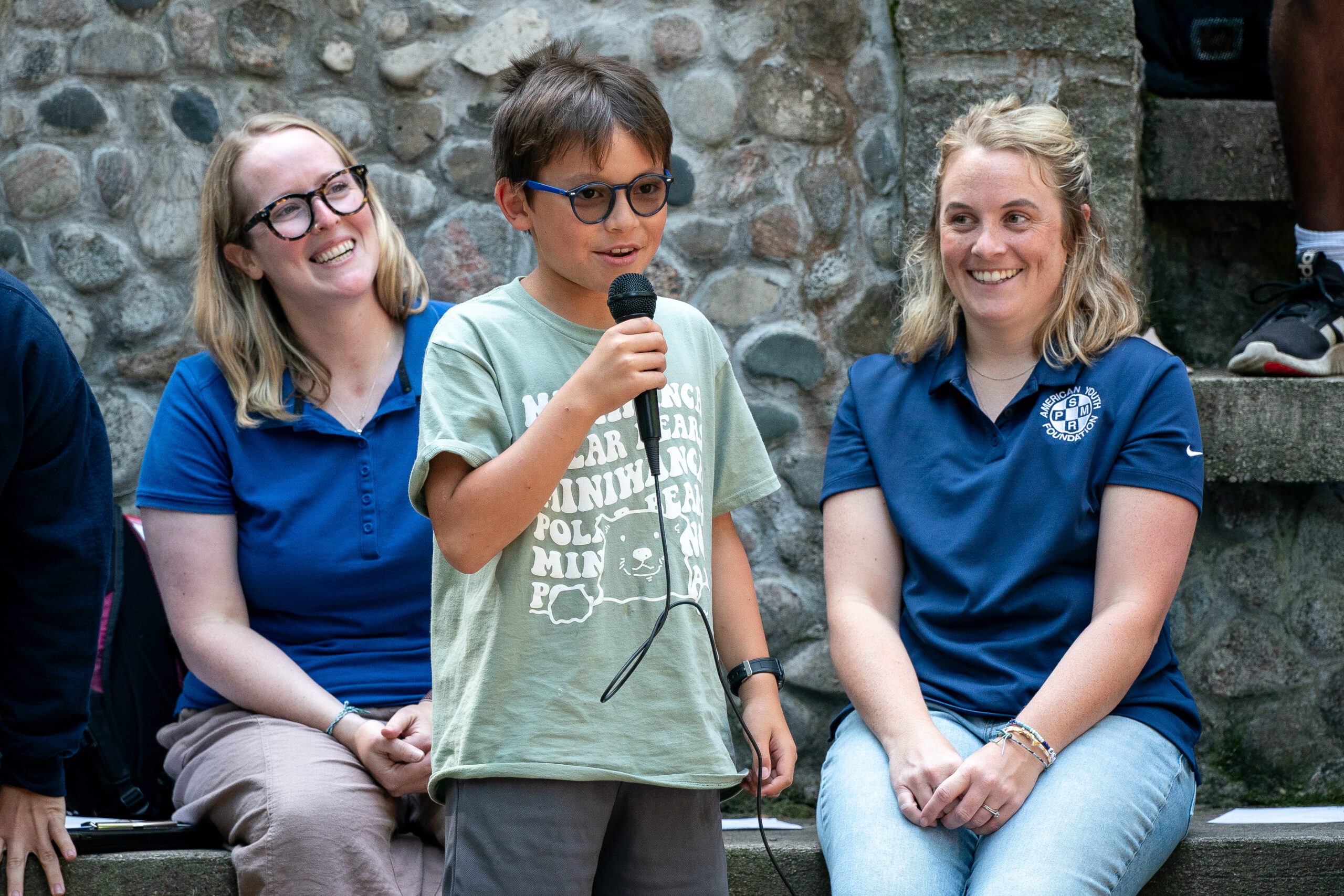
Our goal is to find just the right blend of tradition and the key elements that make Miniwanca feel like it did in 1925, while bringing in new traditions and elements that reflect the needs and personalities of our campers in 2025.
Sometimes we bring back things we haven’t done for a while, like this year with the return of the Stony Lake Regatta. We use the six-week grid to plan staff training, preparing our summer staff for all the excitement that they are going to lead throughout their time here.
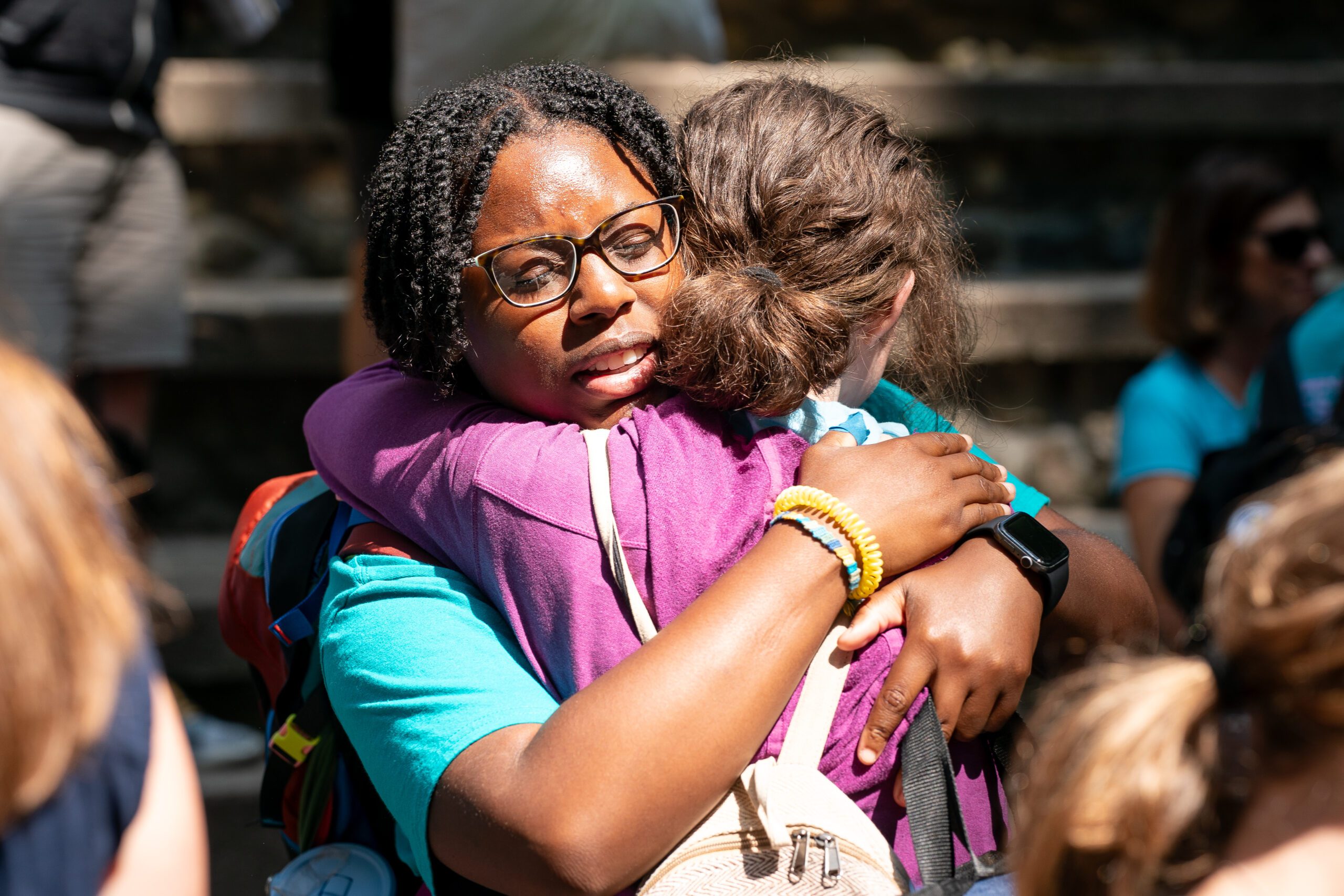
Then, on Opening Day, the six-week grid comes alive. We plan as much as we possibly can — and then life happens. Rainstorms or heat waves roll through camp, and we shift, swap, and lean on our backup plans. We create a framework, but it’s our campers who fill it in, forming their own communities, setting their own rhythms.
The grid may guide us, but the spontaneity — the talent show born out of a rainy afternoon, the impromptu song session by the lake —brings camp to life. Watching staff rise to the challenge with creativity and seeing campers take ownership of a moment are reminders: the real magic of camp isn’t in the plan, it’s in the people.
